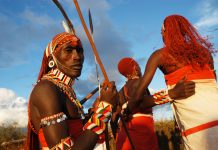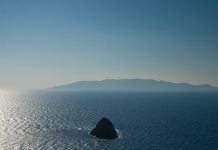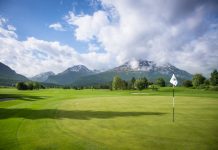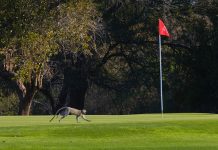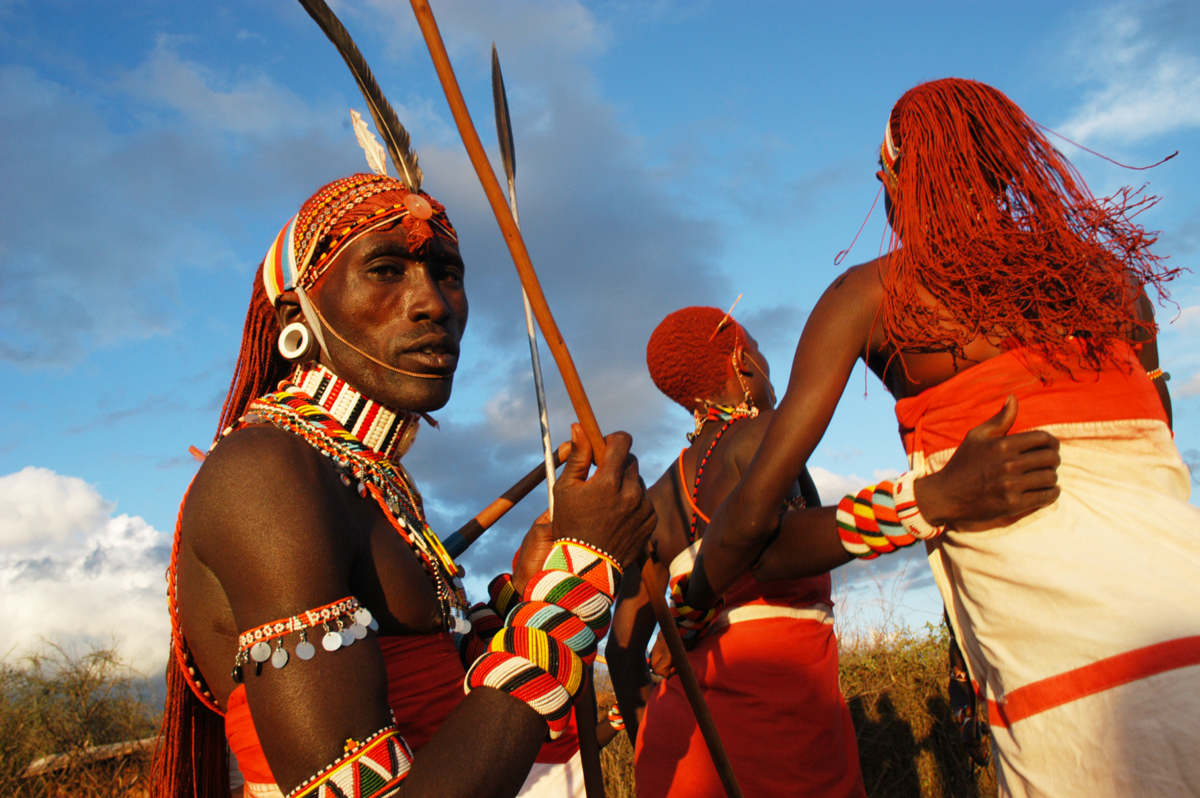Could the people of Samburu, Kenya be descendents of a lost Roman legion from 2000 years ago? Today the Samburu tribe is known as ‘the butterfly people’.
Samburu, Kenya
The people of the remote region of Samburu, Kenya are a Nilotic people who migrated southward hundreds of years ago from the Nile Valley. They went south from what is now Sudan and ended up settling north of Mount Kenya and south of Lake Turkana in Kenya. Some visitors to Samburu have wondered whether the Kenyan tribe are the descendants of a lost Roman legion. After all, it doesn’t take too much imagination to draw parallels between the way they dress in their traditional clothing (including swords and spears) and the robes, sandals and weapons of a Roman legionnaire a couple of millennia ago.
Samburu tribe traditions
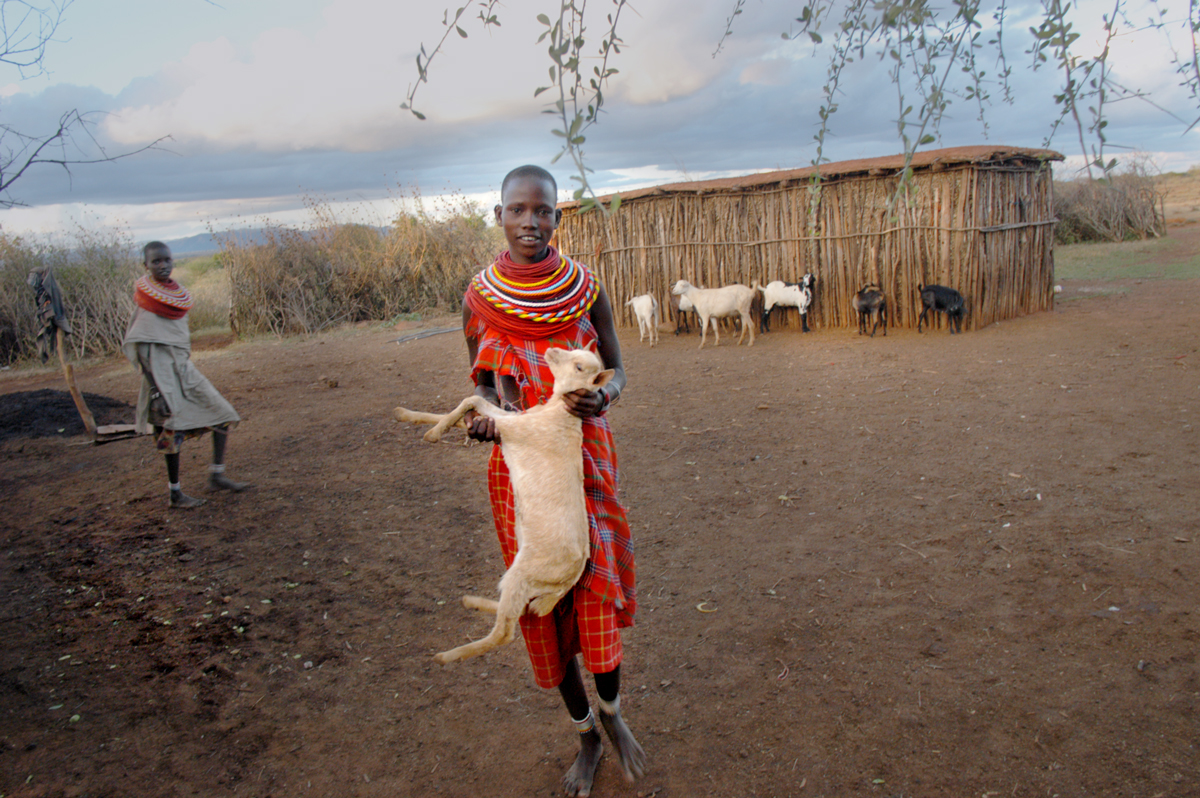
The Samburu tribe is very closely related to the Maasai, and many of the tribal traditions are strikingly alike. They wear colorful clothing (the robe is called a ‘shuka’) and adorn themselves with beads and jewelry, although colors and styles vary. The Samburu tribespeople love to dance and sing – but they use no musical instruments. The Samburu men’s dance is like a competition, where they form a circle and jump in place, trying to outdo each other in height.
Samburu people’s language
Why is the Samburu tribe called ‘the butterfly people’?
Just look at how they dress. The Samburu people are called ‘the butterfly people’ because of elaborate clothing and accessories in every color of the rainbow. The variety – and sheer joy of accessorizing – is amazing. The Samburu women have bead neckwear that is both immense, and immensely colorful.
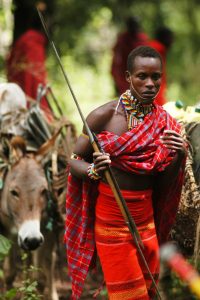
The men really make you wonder about whether tale of the lost Roman legion is a myth. They carry swords that look like the swords of Roman legionnaires, not to mention their robes and sandals.
Experience Samburu, Kenya
We were awestruck by the Samburu people as we walked alongside the Samburu tribe’s warriors in a not-so-recent forest expedition, organized by Samburu Trails.
If you’re looking for an inspiring wilderness adventure, Kenya’s Samburuland will make your wildest dreams of Africa come true.
Some visitors to Kenya stick only to the south, and the Mara. Don’t make that mistake. Some of the most exciting terrain and beautiful landscapes are in the north. It took us a full day of driving in a 1962 Land Rover from the south to the Samburu district in the north of Kenya. A There we met the Samburu tribe’s chief Lekermogo, who would lead us on a walking safari in the remote Leroghi mountains with his 18 young Samburu warriors.
“Now we must harden our hearts. We go into the forest, and the last one to enter must close the gate behind him….”
They had come to meet us from the village of Bawa. They would be our protectors in this remote and dangerous part of Kenya, the El Bogoi valley.
Karisia Forest in the Samburu district
“Now we are going in to the Karisia Forest, where some days are better than others,” the Samburu tribe chief said through an interpreter in a solemn speech as we gathered around him. “In the forest there are elephants, buffalo and other wild animals. If our paths cross theirs, find a tree to hide behind. Seek a safe place.”
The old Samburu warrior straightened his crooked old back.
“Now we must harden our hearts. We go into the forest, and the last one to enter must close the gate behind him….”

We chose our path over the partially overgrown trails, in rough terrain, with 20 donkeys and three mules carrying tents, blankets, water and baggage.
Surrounding us we heard birds and baboons. We often saw the tracks of elephants. John Faull, our rifle-carrying Kenyan guide from Samburu Trails, warned us.
“The elephants around here are aggressive and dangerous. They’ve all had encounters with poachers,” he said.
Walking safari with the Samburu people
Our three-day walking safari with the Samburu people started in Maralal (Kisima) and followed in the footsteps of the legendary, or infamous, Scottish elephant hunter Henry Neumann. The Karisia Hills lie between the eastern edge of the Great Rift valley and the Matthews range, also known as the Lenkiyio Hills.
In the 1980s locals found the remains of his main campsite at El Bogoi, including partially fossilised remains of giraffe and rhino. In 1893 Neumann had joined forces with the local Ndorobo tribe, and with them he hunted in dangerous territory, where tribal warfare was common due to plundering.
Neumann had left Scotland for Africa in an attempt to escape a boring life in Britain. After joining the Zulu wars in South Africa he arrived in Kenya. His diaries reveal a brutal life there. His Ndorobo assistant, called Squareface by the Scot, was attacked and killed by a lion.
The Samburu know these area well, including a network of paths and tracks through the Karisia Forest, also known as the Leroghi range, or the the Karisia Hills. Some of the paths are made by elephants, some by Samburu herds of cattle. They are perfect for trekking with donkeys. John’s father, Peter Faull, started bringing tourists on trekking expeditions to Samburu.
The Samburu district has had little tourism until recently, since it was off-limits for tourists for many years after Kenya became independent in 1963. Foreigners had to apply to visit Samburuland, and only few permissions were granted.
Samburuland, home of warriors
The Samburu people and the tribe’s chief take care of guests from afar in their journeys into the past, in what can only be characterized as luxury ecotourism. The workload for our Samburu hosts is formidable. They pack up the campsite and strap panniers on 20 donkeys and three mules each morning.
Then it was out into the mysterious forest, a mix of tall cedars, umbrella thorns, African olive, chestnut and ancient podocarpus trees. On this Samburu walking safari there’s a chance you could come across an elephant in the thicket. We did hear one loudly sighing next to us in the forest when a couple of the warriors showed us how to creep upwind to get a glimpse of them. But the bull elephant disappeared into the heart of the forest before we were able to catch sight of him.
Mostly we could hear baboons, and catch a glimpse of one now and again. During our daytime walks the wild animals kept their distance. But we saw plenty of evidence of them: warthogs, the skull of a baboon that had perhaps been killed by a leopard, and the giant skull of an elephant that had been killed by human poachers.
The campsites – Nangaro, Tilia, Naibolo Rock – were all different experiences. Nangaro seemed to be in the heart of the forest. Tilia had the most dramatic views, perched on an 8000-foot ridge with views to mountain ranges in the distance. On our perch on the rocks at sunrise we could see a crowned hawk-eagle circling in the distance.
Most of the Samburu people travel ahead of the visitors, who stroll at a leisurely pace for three to five hours. Our group consisted of six European wide-eyed trekkers. A couple of the Samburu warriors were always alongside of us. If anyone tired, a saddled mule was there for the riding.
Each afternoon of the treks, the Samburu unpack the donkeys and mules. They set up the tents, unroll the mattresses and make the beds. They dig a hole near each campsite for the little toilet tent to perch over: it consists of a wooden seat within a simple box tent. Outside the toilet is a washing basin.
Also read about Argentario Italy.
Life in the Kenyan wilderness
The Samburu people make a wilderness shower by hanging a bucket of water on a branch above a wooden pallet (they heat up water over a campfire for showers every afternoon). By the time we arrive at the camp, it is all set up for us, and the cook has started with the evening’s meal. It’s all western fare, not Samburu: pumpkin soup, red snapper, fresh mango for dessert. And on our trip, when one of the westerners happened to have a birthday, they whipped up a cake.
Each night, after we spent a couple of hours telling stories round the campfire, hearing scary tales of elephants in the woods, leopards and baboons, we crawled into our roomy tents, wondering which animals we would be able to hear tonight.
The sounds of the Karisia Forest were unknown to us. One night we heard a kind of raspy sawing. In the morning we were told it was a leopard. We are relieved the Samburu warriors are protecting us, always some of them awake with their spears ready.
Less is more in Samburu
What do the Samburu people think of the luxury offered the guests? We are obviously dependent on our many possessions – necessitating this immense train of donkeys and mules to carry it all.
It’s embarrassing how many things westerners need on a simple walk. In addition to tents, mattresses, blankets, cooking gear, bag-in-boxes of wine, cases of Kenya’s favorite beer Tusker, there are laptops, chargers, many sets of clothes, toiletries, and more. Lekermogo, on the other hand, even though he is chief, makes do with merely a spear, an axe, a blanket and the small leather bag, his ‘saamburr’.
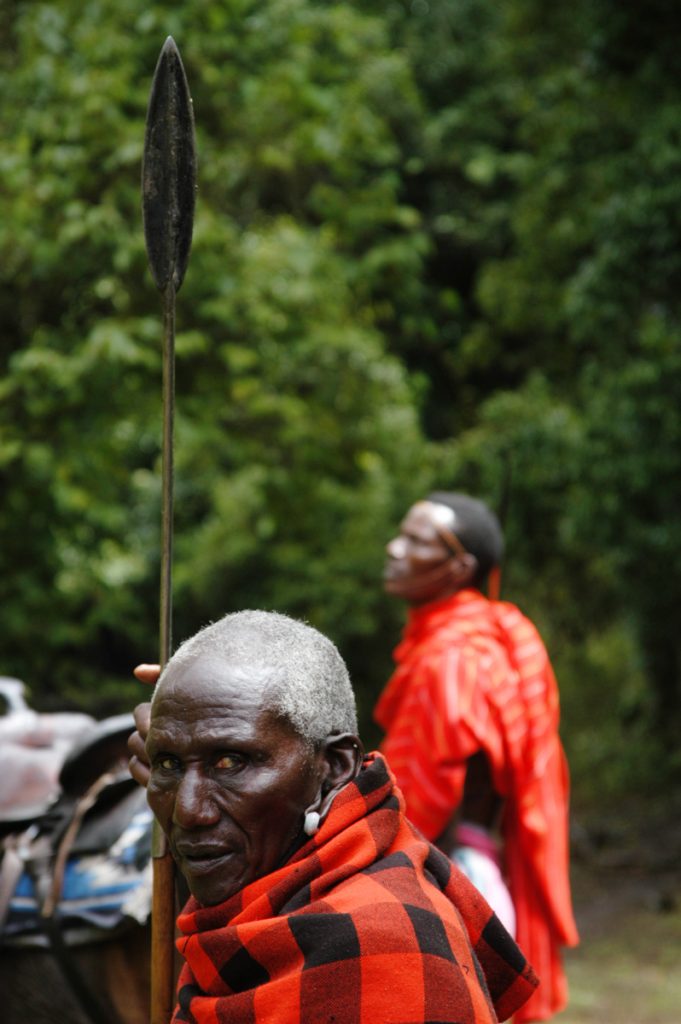
When he needs to brush his teeth, all he does is break off a supple branch of a particular type of tree, and he chews it until the end of it is transformed into a soft brush.
At the campfire at Naibolo Rock, the last evening of our trek, the Samburu warriors danced in the flickering light, embers flying into the night.
“May the metal in your cars and airplanes be strong.”
The Samburu jump high, singing of women, cattle and battles with neighboring tribes. When we finally reached the dirt road and the Land Rover the next day, the place where we entered the Karisia Forest, Lekermogo bid us farewell on behalf of the butterfly people.
“God is holding all of our hands, both the people who walk, and the people of cars and airplanes. May the metal in your cars and airplanes be strong. If God wills, we shall meet again.”
Also read about Swedish whisky.

